 Nora's Nite
Nora's NiteBuffalo Hamburgers, Birthday Cake
(This was the last Hollywood film for Selznick -- a mere 9 years after Gone With The Wind, before age 50 -- and he was basically finished, burned out.)
American Masters: David O. Selznick:
"On December 10, 1938, David O. Selznick burned down Atlanta. On the back of his Culver City studio, Selznick had begun filming what would be his and Hollywood’s greatest triumph, GONE WITH THE WIND. Selznick was just thirty-six years old and already a legend. He had run a major studio before the age of thirty and created his own studio by the time he was thirty-three. With a harsh and controlling demeanor, he dominated every film he made. In a town of Mayers, Zanucks, and Goldwyns, David Selznick was king. But one of his most lasting contributions would have nothing to do with his grand, southern epic. Instead, it would be bringing to America a rotund, quiet director who was the shining star of British cinema. In the summer of 1939, David Selznick brought Alfred Hitchcock to Hollywood."
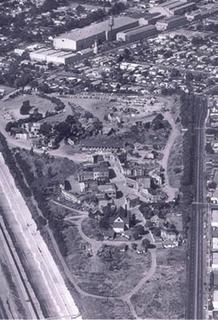
Hollywood Renegade:
"David O. Selznick was the son of industry pioneer Lewis J. Selznick, and the beneficiary of a childhood immersion in independent film production. The Selznick patriarch L. J. Selznick had been a formidable independent producer in the early days of Hollywood. He crossed paths with Carl Laemmle at Universal, and then ushered in a new age of Wall Street investment at the World Film company. In 1915 L. J. Selznick left World to become an independent, taking with him World's biggest star Clara Kimball Young. Later Selznick partnered with Adolph Zukor, only to return to independent production as the head of Selznick Pictures. David, born in 1902 was training in film production from an early age, while his older brother Myron was being groomed to someday run the Selznick Corporation. But before David came of age, his father suffered a devastating turn of events that brought the Selznick organization to ruins during the silent era."
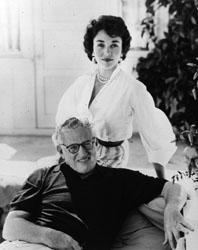
Iconic Producer of the Golden Age:
"After Gone With the Wind, Selznick spent the rest of his career trying to top that landmark achievement. The closest he came was with Duel in the Sun (1946). With a huge budget, the film is renowned for its steller cast, its sweeping cinematography and for causing all sorts of moral upheaval because of the then risque script written by Selznick. And though it was a troublesome shoot with a number of directors, the film would turn out to be a major success. The film was the second highest grossing film of 1947 and turned out to be the first movie that Martin Scorcese would see, inspiring the director's brilliant career.
Selznick spent most of the 1950s obsessing about nurturing the career of his wife Jennifer Jones. His last big budget production, A Farewell to Arms (1957) which starred Jones and Rock Hudson, was ill received. But in 1954, he ventured successfully into television producing a two hour extravaganza called Light's Diamond Jubilee, which, in true Selznick fashion, made TV history by being telecast simultaneously on all networks.
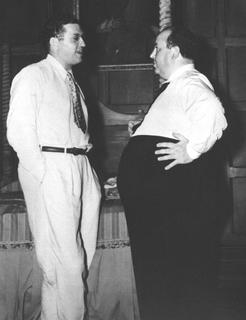
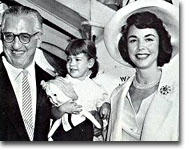
In addition to being a talented producer, Selznick had a keen instinct for new talent and will be remembered for introducing American movie audiences to Fred Astaire, Katharine Hepburn, Gregory Peck, Joan Fontaine and Jennifer Jones. He also brought many foreign actors to Hollywood, such as Ingrid Bergman, Vivien Leigh, Louis Jourdan, Alida Valli and Hildegard Knef as well as director Alfred Hitchcock.
Selznick married Irene Gladys Mayer, daughter of MGM mogul, Louis B. Mayer in 1930. They divorced in 1948. They had two sons, Daniel Selznick and Jeffrey Selznick.
Selznick married actress Jennifer Jones in 1949. They had one daughter, Mary Jennifer Selznick, who committed suicide in 1975."
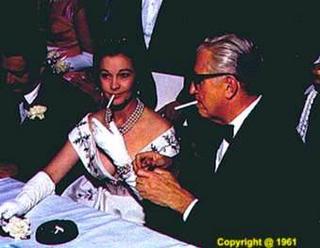



No comments:
Post a Comment